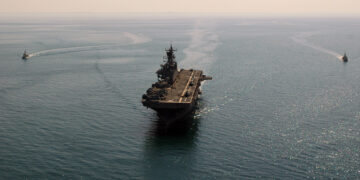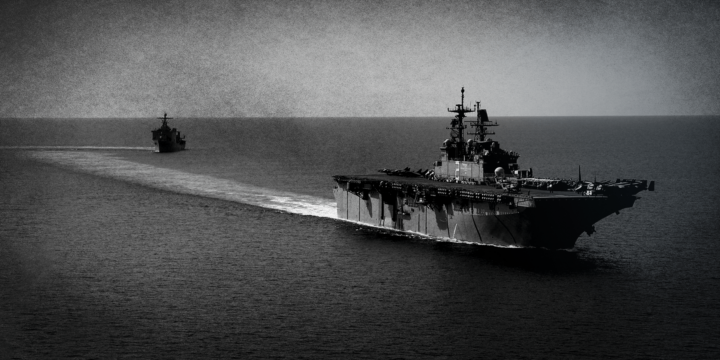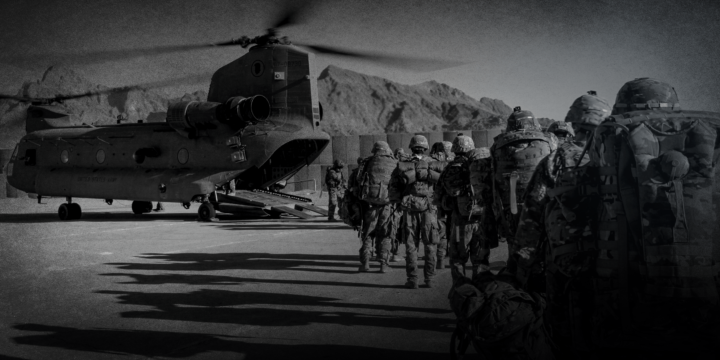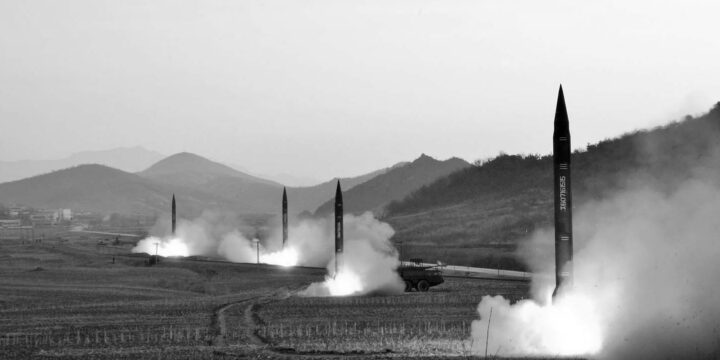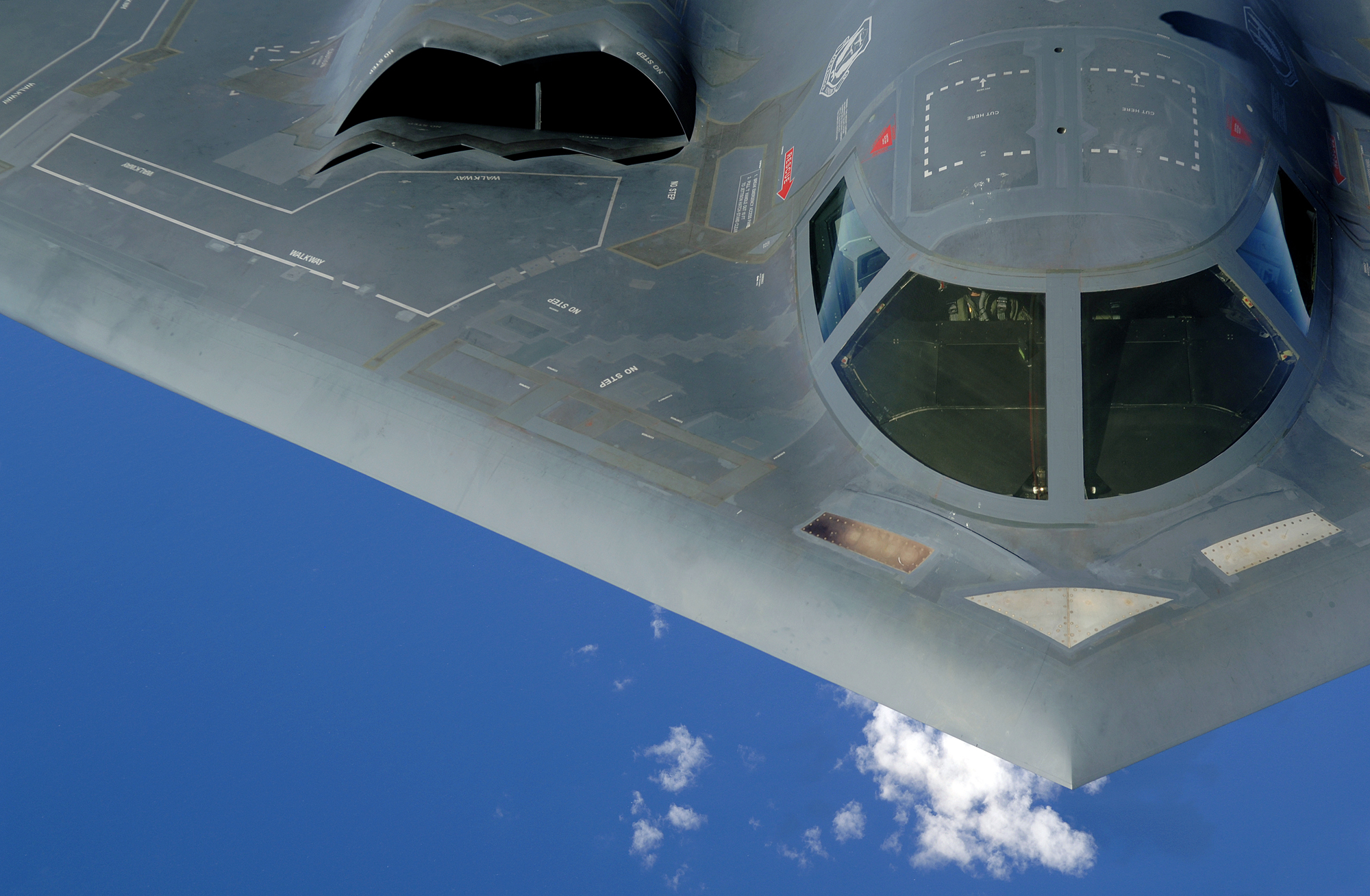
Among all the foreign policy challenges that the second Trump administration is facing, the question over how to handle Iran and its nuclear program seems to be one of the most dangerous. A return to the “maximum pressure” campaign of the first Trump term, in which devastating sanctions were placed on the Iranian economy in hopes of forcing Tehran to capitulate, appears likely, though that approach is misguided.
Mike Waltz, Trump’s National Security Advisor, has stated plainly that the new administration will “reinstate maximum pressure.” In addition, Trump’s Ukraine peace envoy Keith Kellogg has called for the world to return to “maximum pressure” to transform Iran into a more democratic country. This hawkishness toward Iran may not be limited to commerce, as sources connected to Israeli Strategic Affairs Minister Ron Dermer have reportedly said that Trump would also support a strike on Tehran’s nuclear program.
Central to these plans of economic and military aggression is the perceived weakness of Iran and its proxies after the 15-month-long war in Gaza and the recent Israel-Hezbollah war. The recent fall of the Iranian-friendly Assad regime in Syria has added to this perception as well.
However, this opportunistic reading of Iran’s decline neglects and obfuscates important developments that make a return to “maximum pressure” and military hawkishness ill-advised for President Trump.
More on Middle East
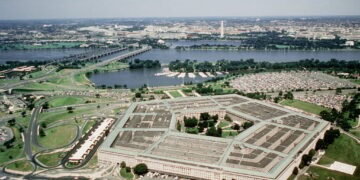
Featuring Jennifer Kavanagh
April 17, 2025




